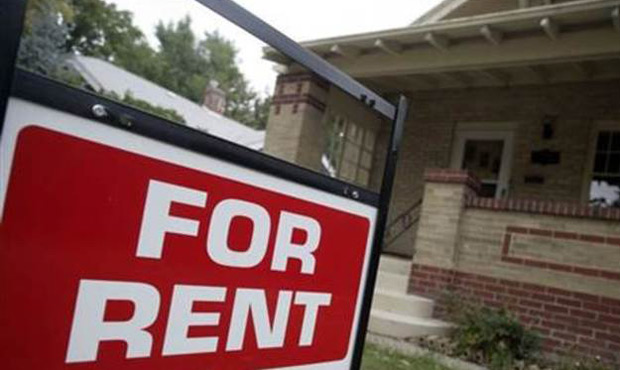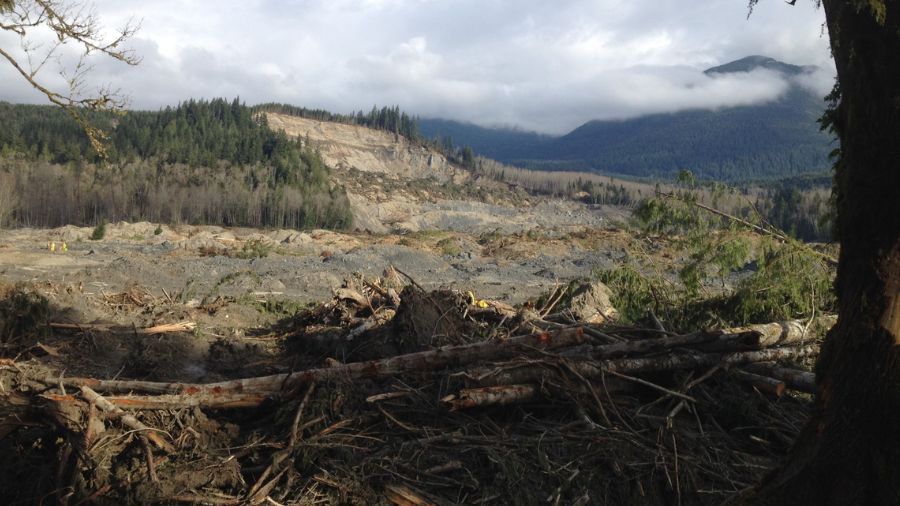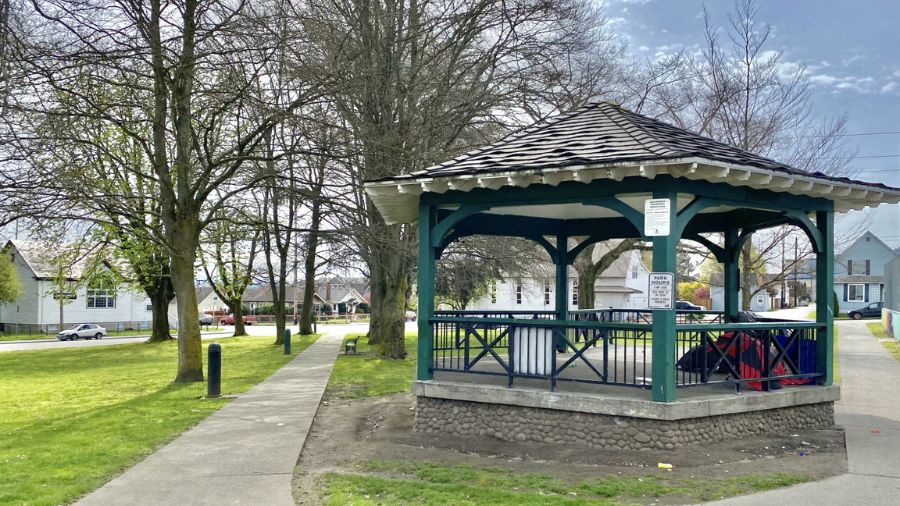Amazon convenient scapegoat for rising Seattle rent, but there’s more to the story
Jun 1, 2016, 5:45 AM | Updated: 6:22 am

(AP file photo)
(AP file photo)
Seattle’s tech boom has long been blamed for skyrocketing rents, however, a study from Seattle-based real estate listing site Zillow states the blame doesn’t lay with the tech sector alone.
A study of workers in the epicenter of the Puget Sound region’s tech sector — the South Lake Union neighborhood — showed that more than half of workers there live outside of Seattle city limits, in cities like Mercer Island, Bellevue, Issaquah, Kirkland, and Redmond. Where higher concentrations of tech workers do live, rents do tend to rise throughout the neighborhood more than other area rents. That factors into rent increases both inside tech-heavy neighborhoods like South Lake Union, Belltown, and Queen Anne, as well as in surrounding areas.
Related: Not enough workers to keep up with Seattle boom
However, neighborhoods like the University District, which don’t have high concentrations of tech workers, have also seen big jumps in median rent. Rents across the city overall have gone up 8.5 percent in the last year.
Zillow’s chief economist, Svenja Gudell, says it’s not just the tech sector that’s growing — the overall economic prosperity in the Northwest has caused a population boom of more than 14,000 people per year since 2010, according to Census data.
“A lot of other sectors are attracting workers, and therefore, more people are moving here and looking for housing,” Gudell said. “And the more people that come here, the more supporting industries you’ll also have. Healthcare will be doing quite well then, too, because you need to actually take care of all these people that move here. Restaurants, restaurant workers, servers — all those industries will also pick up and attract workers themselves.”
That influx of people leads to a classic situation of supply and demand. Unfortunately, even with all the building in Seattle, there’s still not enough supply.
“There’s just not a whole lot of new rentals being built,” Gudell said. “Especially if you’re looking at middle-of-the-road rentals, or even more affordable rentals. And then when you have relatively tight inventory, but a lot of demand for that inventory, prices tend to rise.”
Part of the problem, Gudell said, is that it’s tough to build in Seattle. Finding land is challenging since more than 60 percent of the city is zoned for single-family housing. Though city leaders are trying to make it easier for creative housing solutions such as backyard cottages, building apartments is made more expensive by strict regulations, as well as a shortage of skilled labor. So apartments that are being built are higher-end, with amenities to attract those willing to pay higher rents, like rooftop lounges.
And the climbing rents keep the cycle going.
“Given that rents are as high as they are, we are faced with the problem that renters are having a much tougher time saving for down payments,” Gudells aid. “So it’s a bit of a vicious cycle that’s keeping people away from being able to afford buying a home. Also, there’s low inventory on the for-sale side, so they’re having a hard time finding a home. But, saving for that down payment is tough, which is, in turn, increasing the demand for rentals and driving up the rental price.”













